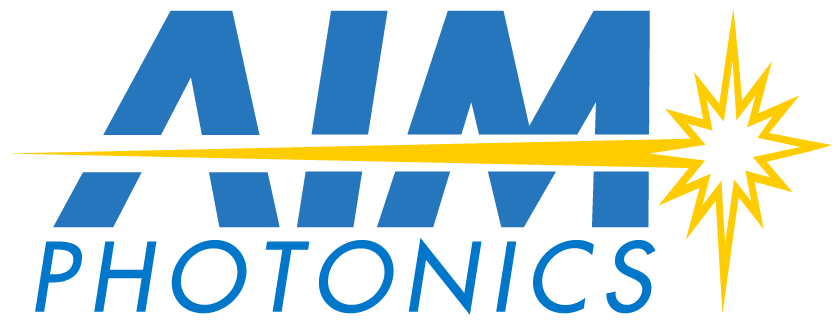AIM Photonics PDK 5.5 Now Available
Major updates include an additional component library and improved distribution
Designed to work within SUNY Poly’s 300 mm silicon photonics process, AIM Photonics’ PDK 5.5 gives our members and multi-project wafer (MPW) customers access to even more leading-edge technology to design and manufacture their photonic integrated circuit (PIC) prototype devices at the Albany Nanotech fabrication facility.
What’s new?
The most evident change to the AIM Photonics PDK is the addition of the Dream Photonics component library, which offers an alternative set of passive and active components in the O, C, and L bands, as well as in the visible spectrum, for both TE and TM polarization.
“The Dream Photonics component library is continuously being updated and will include statistical analysis, enhanced simulation compact models, and lithography effects prediction, enabling customers to achieve a first-time-right design with the mature AIM Photonics process,” said Lukas Chrostowski, Dream Photonics president.
“We look forward to supporting advances in integration, and will be offering on-chip integrated lasers and improved fiber attach methods using polymer waveguides to create scalable, inexpensive, photonic integrated circuit packaging techniques,” he added.
Also included in the AIM Photonics PDK 5.5 update:
New hardware-verified models for RFSUNY components
Support for Lumerical Layer Builder for custom component developers
Support for Mentor’s Tanner tools
Myriad other minor updates which are documented in the PDK package
But perhaps the biggest improvement that current AIM Photonics PDK users will see is a new, more flexible and streamlined process to access the PDK and subsequent updates using GitLab. This new distribution method provides:
Easy access for multiple users from the same organization – under a single license agreement
On-demand downloads – no more waiting for individual download links
Immediate access to patches or minor updates, instead of waiting for the next major release
Online PDK repository with version control and change tracking
The AIM Photonics PDK has come a long way since it was first released, explains Dr. David Harame, AIM Photonics chief operating officer.
“In 2016 we were just getting started on our first integrated photonics multi-project wafer runs with a supporting PDK which was just a handful of components developed by Analog Photonics. Today the Analog Photonics library is a full suite of active and passive components, is hardware verified, is best-in-class, and supports the O/C/L bands,” Harame said.
“Since then, we’ve also added three more component libraries for different types of users and applications,” he said. “And, plans are in the works to allow users to contribute their own verified components into our PDKs for the silicon photonics community to use.”
Harame also noted that within the year, AIM Photonics plans to begin launching new multi-project wafer technology offerings—such as active interposer and nitride-only sensors—with their own corresponding PDKs, enabling better performance in those technologies.
How to Access the AIM Photonics PDK 5.5
To support the development of advanced integrated silicon photonics technology, the AIM Photonics Process Design Kit is available to the broad U.S. silicon photonics community (including academic researchers and government labs) at no charge.
Current users
Step 1: If you are currently using a previous version of the AIM Photonics PDK, contact us at support@aimphotonics.com to request access to the updated version.
Step 2: We will verify that the appropriate agreements are in place for the component libraries you want. If updated agreements are required, you must sign and return agreements before you can access the updated PDK
Step 3: When the executed agreements are in place, you will receive an email indicating your GitLab account has been set up and asking you to verify your information
Step 4: Once you have verified your information, you can download the updated PDK directly from GitLab
New users
Step 1: Complete and submit the PDK Access Request form
Step 2: We will send you the appropriate agreements for the component libraries you want. Sign and return the agreement(s)
Step 3: When the executed agreements are in place, you will receive an email indicating your GitLab account has been set up and asking you to verify your information
Step 4: Once you have verified your information, you can download the AIM Photonics PDK directly from GitLab

